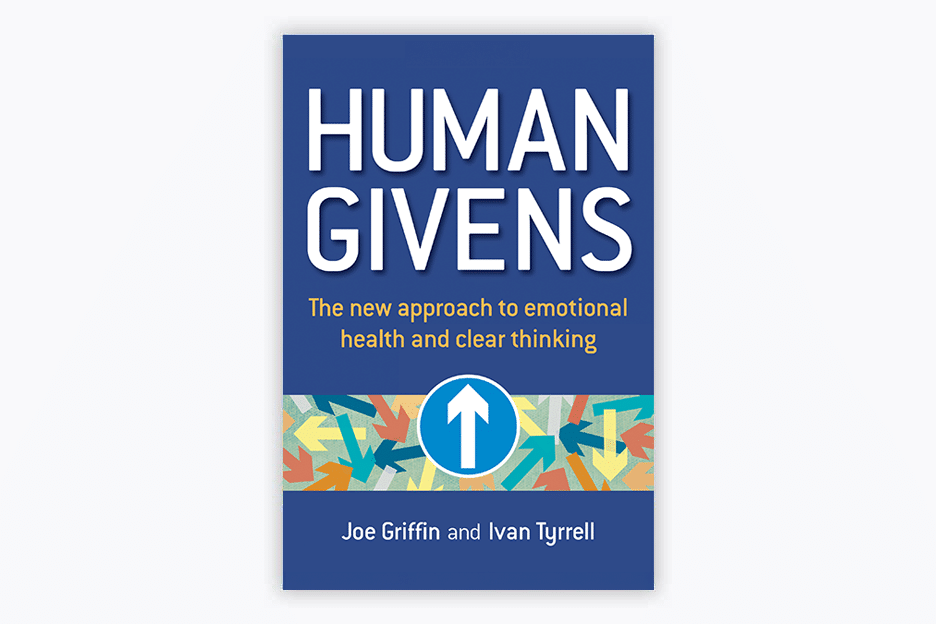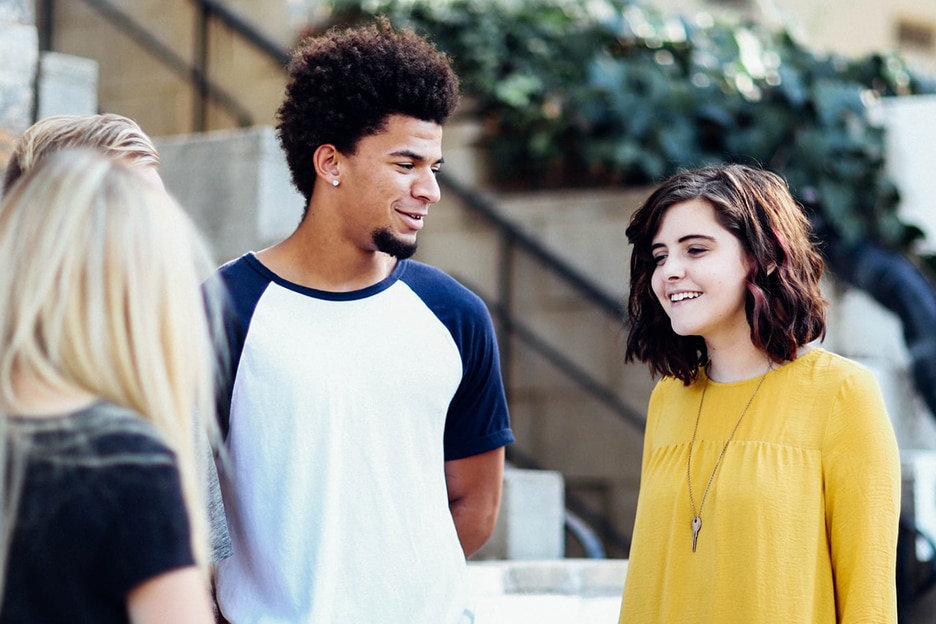How can the HG approach help teachers?

Pat Capel
– with expert Pat Capel
As a teacher of over 25 years, Pat Capel knows only too well how challenging it can be to look after your students’ mental health and wellbeing – as well as protecting your own. Here he shares some of the ways the HG approach has proved invaluable to him in achieving this over the years.
Remember, we are all human – but what does that actually mean …?
In our increasingly target-obsessed education system, where we are all fixated on ticking boxes and adhering to formulae, and fun and creativity can be in short supply, it can be easy to forget that we are human beings – building relationships and interacting with other human beings. But what does “being human” really mean – and how can an understanding of this be translated into practical strategies for the classroom?
The HG approach focuses on the fact that every single one of us is born with innate emotional needs – and the resources to enable us to get those needs met. Viewing individuals and their behaviour from this perspective brings clarity to a situation, helping to explain why problems arise and where the solutions might lie.
Many teachers will already be drawing on their instinctive awareness that students need to feel secure and to give and receive attention – but the practical framework provided by the HG approach helps to show how our emotional needs work together and highlights the less obvious emotional needs. Students also need, for example, to be part of a wider community, to experience a degree of autonomy and control and to feel a sense of status, of meaning and purpose and of achievement.
Pat remembers one student he taught who was often disruptive but who had a fantastic vocabulary. By calling upon this student whenever help was needed with a definition or a spelling, Pat helped the child to feel valued. With a clear role to play and a sense of status associated with his particular field of expertise, his behaviour in the classroom vastly improved.
Of course, simultaneously meeting the emotional needs of multiple children in a classroom is not always easy – but being aware of these emotional needs and helping teach children how to draw upon their own resources as a means of meeting them, is an extremely effective place to start. You can find out more about the HG approach here – and you can download a free poster – designed for children – showing the nine emotional needs here.
Making therapeutic techniques work in the classroom
A successful lesson with a class of children is not so very different, Pat says, from an effective therapy session. Pat draws – in every lesson – upon the RIGAAR model he learnt in his human givens psychotherapy training. The clear framework reminds him of the steps he needs to work through to help the children move forward in their journey: build rapport, gather information about someone’s current experience or level of understanding, help them to develop achievable goals, agree effective strategies for reaching these goals, access their innate resources in order to achieve them and to rehearse ways forward. The RIGAAR model is explained in the Human Givens book and is taught and referenced on many of HG’s training courses.
Also key to the HG approach is psychoeducation – where individuals are helped to understand how and why the brain has evolved to respond in a particular way in a certain situation. Pat has found that students thrive on this logical, science-based information. It helps to calm and empower them and to learn to use effective strategies to move forward. By understanding why, for example, they panic when presented with an exam paper, and how this panic can cause the brain to “shut down”, they can work through techniques for reducing exam anxiety, enabling them to perform better in this pressured environment.
When it comes to supporting individual children who are experiencing emotional distress, Pat knows all too well himself that teachers often do not have the expertise, or the time, to help – and that this can be difficult and distressing for them. He suggests that teachers ask questions to gather a little more information, encourage the child to go and see the school counsellor, or ask the child to agree to let you speak to the right person so that you can seek further advice and come back to the child.
Fit your own oxygen mask first
Just as we are told to look after our own wellbeing to enable us to help others as we take off on a flight, Pat stresses how important it is that teachers try to do the same. It is not possible to thrive in life and to meet the academic – and emotional – needs of your students if your own needs are not being met, he says. Difficult as it may seem, self-care is just as important for teachers as it is for counsellors and therapists. Pat encourages everyone to take the Emotional Needs Audit regularly, to learn and practise relaxation techniques and to think about small changes you can make to better meet your own emotional needs, healthily and in balance. By doing this, you will likely be better able to help and support others.
Further resources:
- Find out more about the Human Givens approach here: download a free ebook
- Watch a free webinar by HG therapist, tutor and student wellbeing expert Gareth Hughes’ here: Learning and Wellbeing during the Coronavirus Pandemic
- Learn more about Pat Capel
- You can learn more about Understanding and treating anxiety in children and teens – join HG therapist and best-selling author, Miriam Chachamu, live online on Thursday 8th July
- Human Givens College can also tailor our courses to meet your organisation’s individual needs. You can find out more about our in-house training here.
Listen to the Podcast
Therapeutic teaching techniques
– featuring Pat Capel. As well as being an HG practitioner, Pat has been working as a secondary school teacher for over 25 years: both as a classroom teacher and also working with children with special educational needs. Over this time Pat became increasingly aware that a growing number of those around him – adults as well as children – didn’t have the necessary skills or resources to cope in today’s demanding world. He realised that by combining what he’d learnt from his HG training with his existing teaching knowledge and skills he could make a profound difference to people’s lives.
‘Ask The Expert’ podcast series
Listen to the full series and more on your favourite podcast player! Available on Apple Podcasts, Spotify and Soundcloud.



